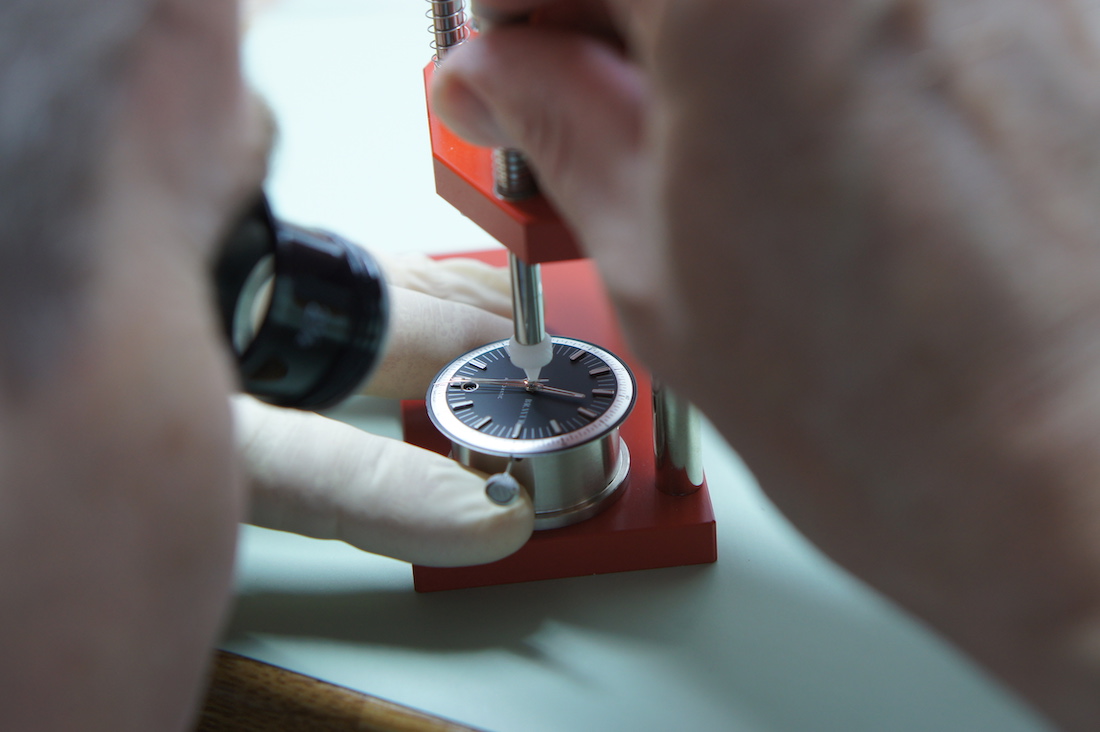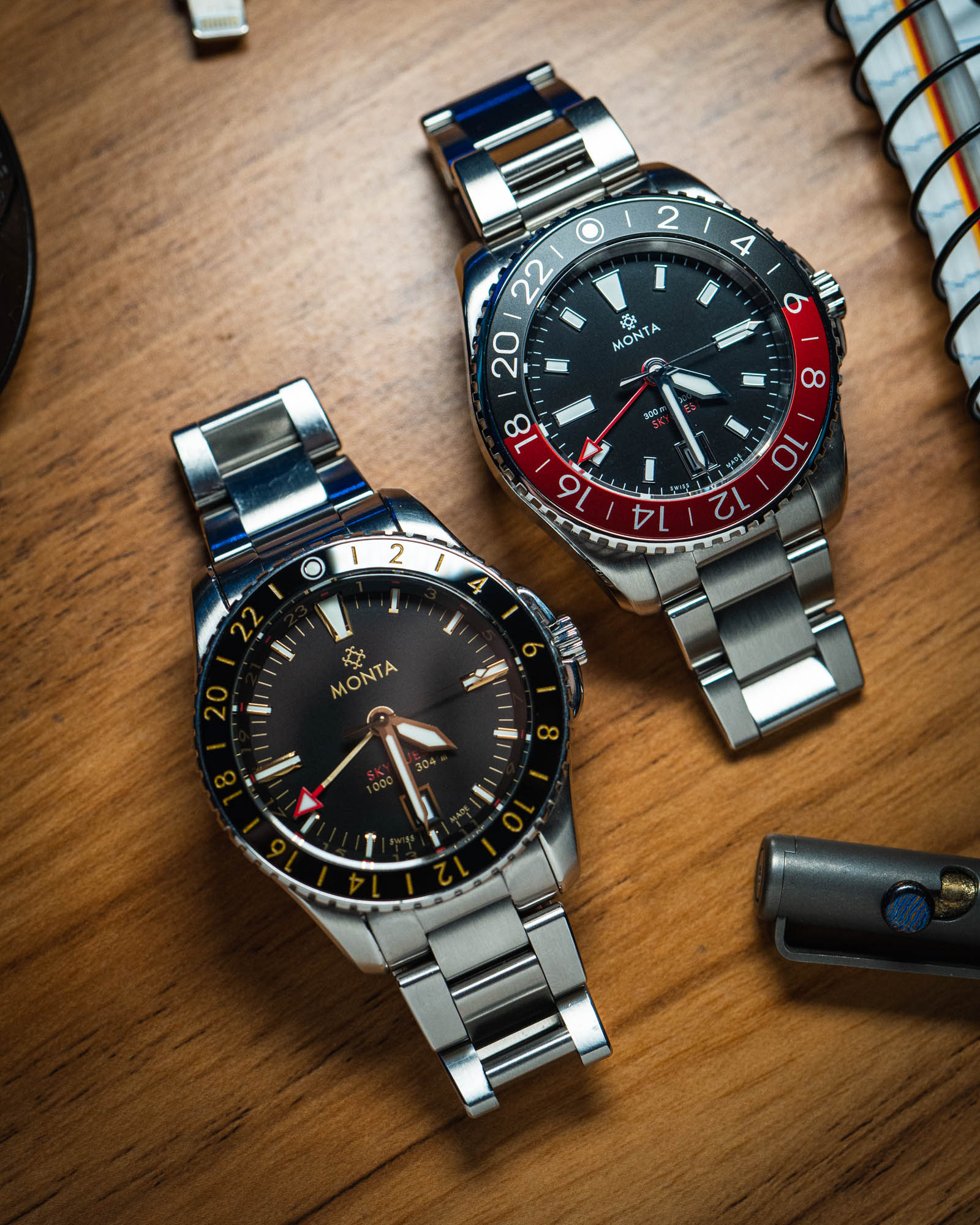Every student of history knows it’s bound to repeat itself. While this cycle can be seen as a repetitious circle of doom and demise, in most cases, it also offers a unique perspective on time, and after all, watches are all about time. A portion of the watch industry is repeating itself right now, but the repetition is being ignored and in some cases villainized. The term “microbrand” often comes with a negative connotation that may not fit every brand that falls under the label, and many may have outgrown the title but are still branded as such. By limiting brands with simple definitions we inadvertently refuse to let them grow into something greater in our own minds. Additionally, every time a brand is inaccurately categorized an invisible line is drawn in the sand for all those involved. Appropriately defining brands is only one step in the evolution of branding in watch culture. The first place this can be seen is on social media. Small brands have shifted away from the term “microbrand,” opting for “boutique” or “independent,” and are very careful to avoid using the term in their own copy. Consumers were quick to pick up on this and have taken up correcting other commenters across all platforms when the less-preferred terminology is used, most prominently with brands that have developed cult-like followings. This week I would like to discuss this naming convention by looking at the current verbiage used and hearing from readers about where we (as media and enthusiasts) should be drawing this line.
Starting simply, we can group the industry into three primary categories. The first is independent watchmakers who manufacture everything (or very nearly everything) from scratch in their workshops. Next, there are large-scale brands that function more as corporations, with vast production facilities, strong market positions, and recognizable names and designs. Lastly, we have microbrands that design in-house, sometimes assemble themselves, and source all their parts from various supplies. The two formers, in most cases, have some heritage or history to ride on, while the latter is generally a newer entity or bears a name revived from the history books.
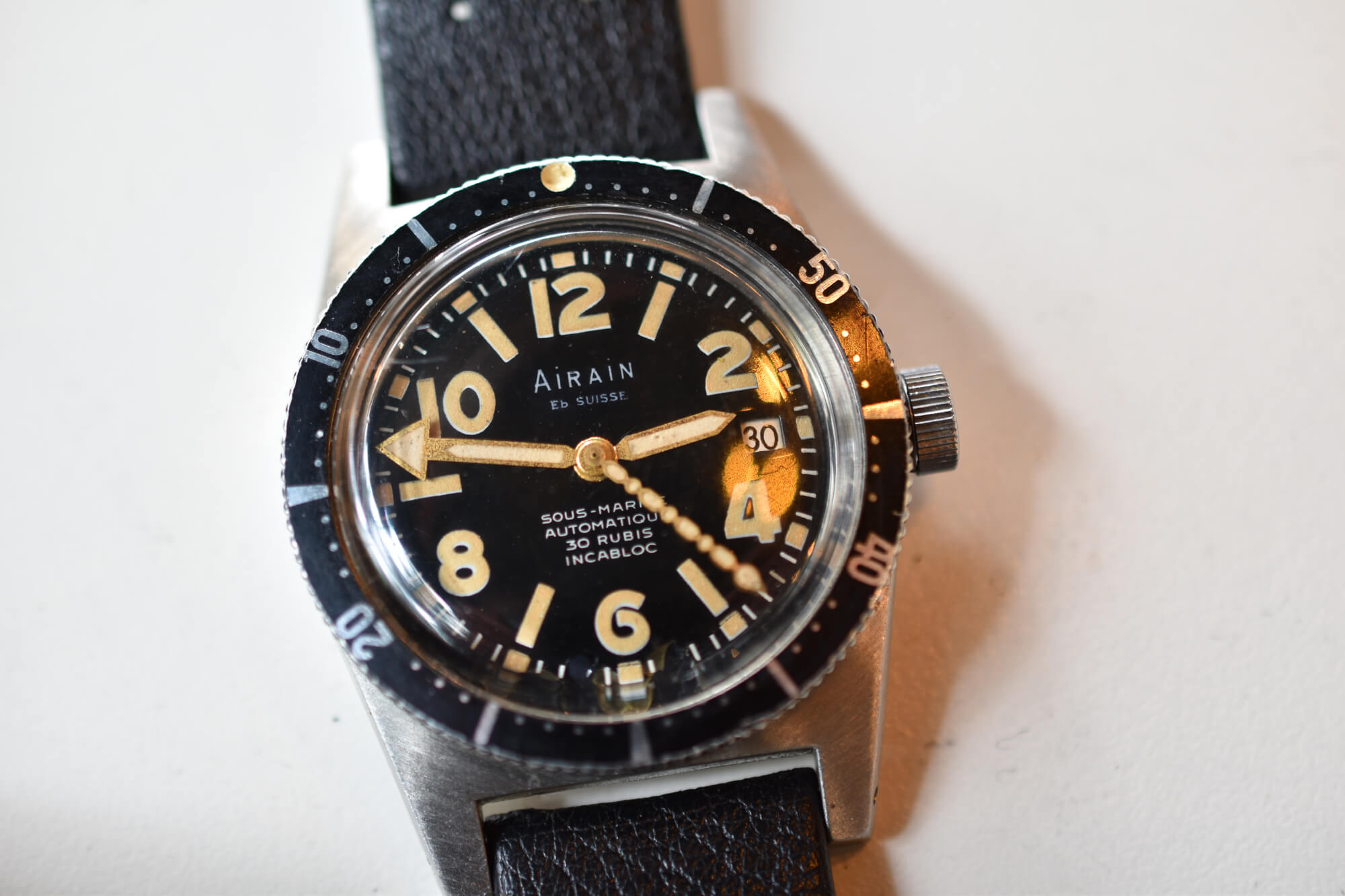 To complicate things, new watch brands come in two distinct flavors, the first entirely novel and featuring new designs, often using an off-the-shelf movement of some type, and having low production numbers. The second is the revival of a brand that has been defunct for decades. The rights to a historic name are purchased and the brand is brought back to life with the most recognizable watch returning as the first model (and sometimes consecutive models). While these identity differences can be staggering, the funding processes are usually pretty similar. Generally, either a Kickstarter or pre-order process is used to both gauge interest and fund the first production run. But occasionally, brands are self-funded. I don’t think these initial methods deserve any significant critique, but how brands decide to continue after the fact is where we need to look to help define them.
To complicate things, new watch brands come in two distinct flavors, the first entirely novel and featuring new designs, often using an off-the-shelf movement of some type, and having low production numbers. The second is the revival of a brand that has been defunct for decades. The rights to a historic name are purchased and the brand is brought back to life with the most recognizable watch returning as the first model (and sometimes consecutive models). While these identity differences can be staggering, the funding processes are usually pretty similar. Generally, either a Kickstarter or pre-order process is used to both gauge interest and fund the first production run. But occasionally, brands are self-funded. I don’t think these initial methods deserve any significant critique, but how brands decide to continue after the fact is where we need to look to help define them.
I believe the period between the first launch and how a follow-up product comes to market should be a key defining factor for newer brands. If long-duration pre-orders and Kickstarter campaigns are repeatedly used for each product launch, and new products cannot come to market without customers fronting the cost, the brands are not showing any signs of growth, improvement, or successful business tactics. These are the brands that may fail after poorly performing products, and these usually quickly disappear into the ether. One comparison is beer production. Microbreweries have exploded in popularity, launching thousands of new products, many of which did not last long. However, the breweries that survived the flood are seldom called microbreweries, anymore, and have seemingly graduated into a new level of public perception. While consumable goods like beer do not equate with lasting products like watches, the naming convention is parallel. Sure, there are still microbreweries that fit the definition and identify as such, but others have grown beyond the term, and the same goes for watch companies.
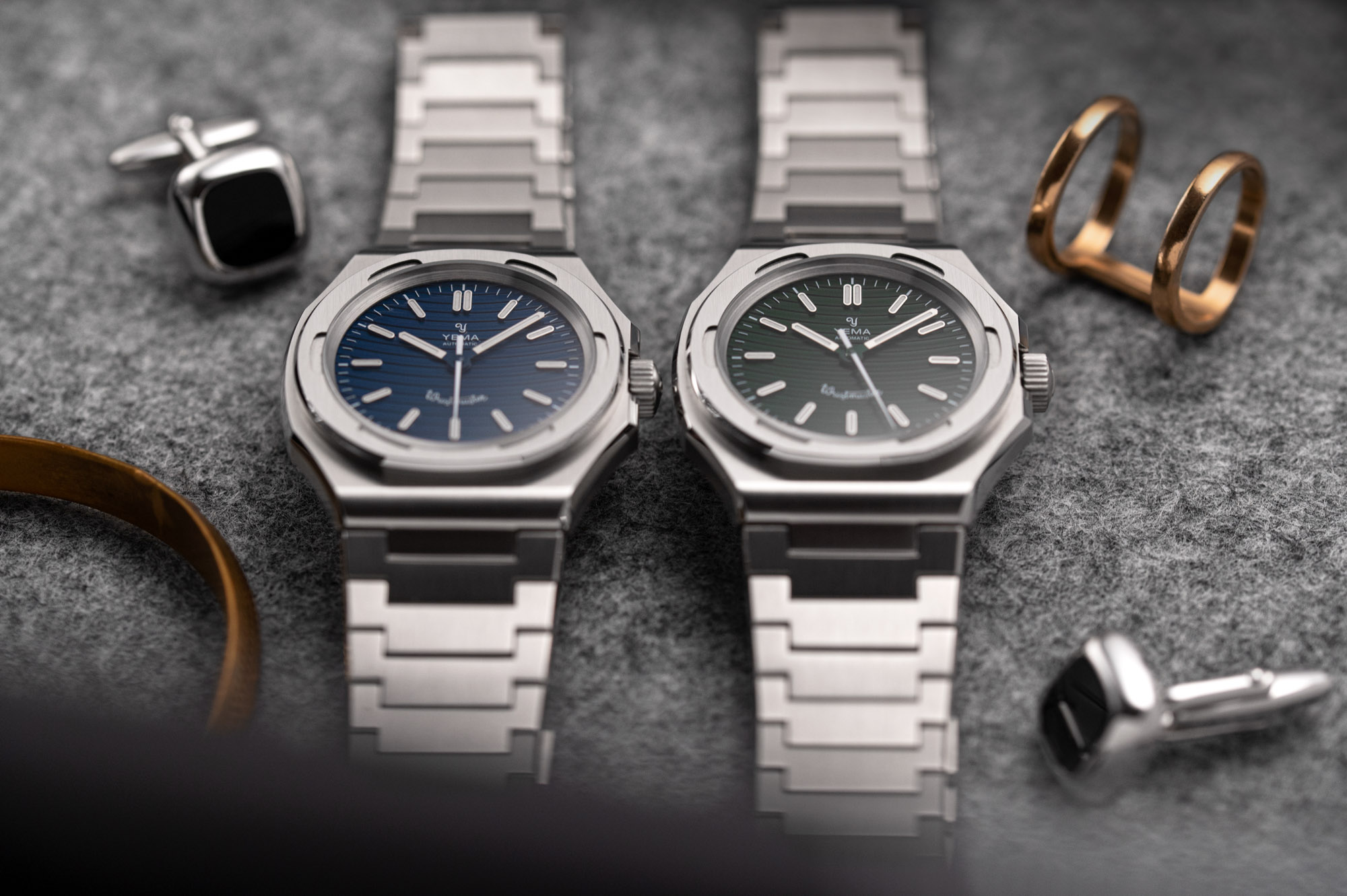
So where do we classify the small brands that can operate at a higher level, fund their launches, and continue to bring new exciting products to market on a repeat basis? They operate similarly to other independently owned watch companies and independent watchmakers but lack some of the features that differentiate the two. The microbrands of today operate almost identically to the niche brands of the 20th century, e.g., Alsta, Squale, and Yema, that did not get labeled micros in their time nor when we look back at them. Cases were ordered from one factory, dials commissioned from another, and movements were off-the-shelf. The biggest difference is where these parts are coming from today. Vintage watches produced in this manner often had Swiss-made parts, while many microbrands today source parts from Asia. This seems to be where the line is drawn for most people. Is this where you draw the line? Does Swiss-made mean it is an independent brand and Asian-made means it’s a microbrand? I don’t believe this is an answer, but there are surely people who feel this way, and I would love to hear this perspective. Christopher Ward is an example that meets some of these conditions, yet it isn’t often called a microbrand, and many would be hesitant to call it independent, either.
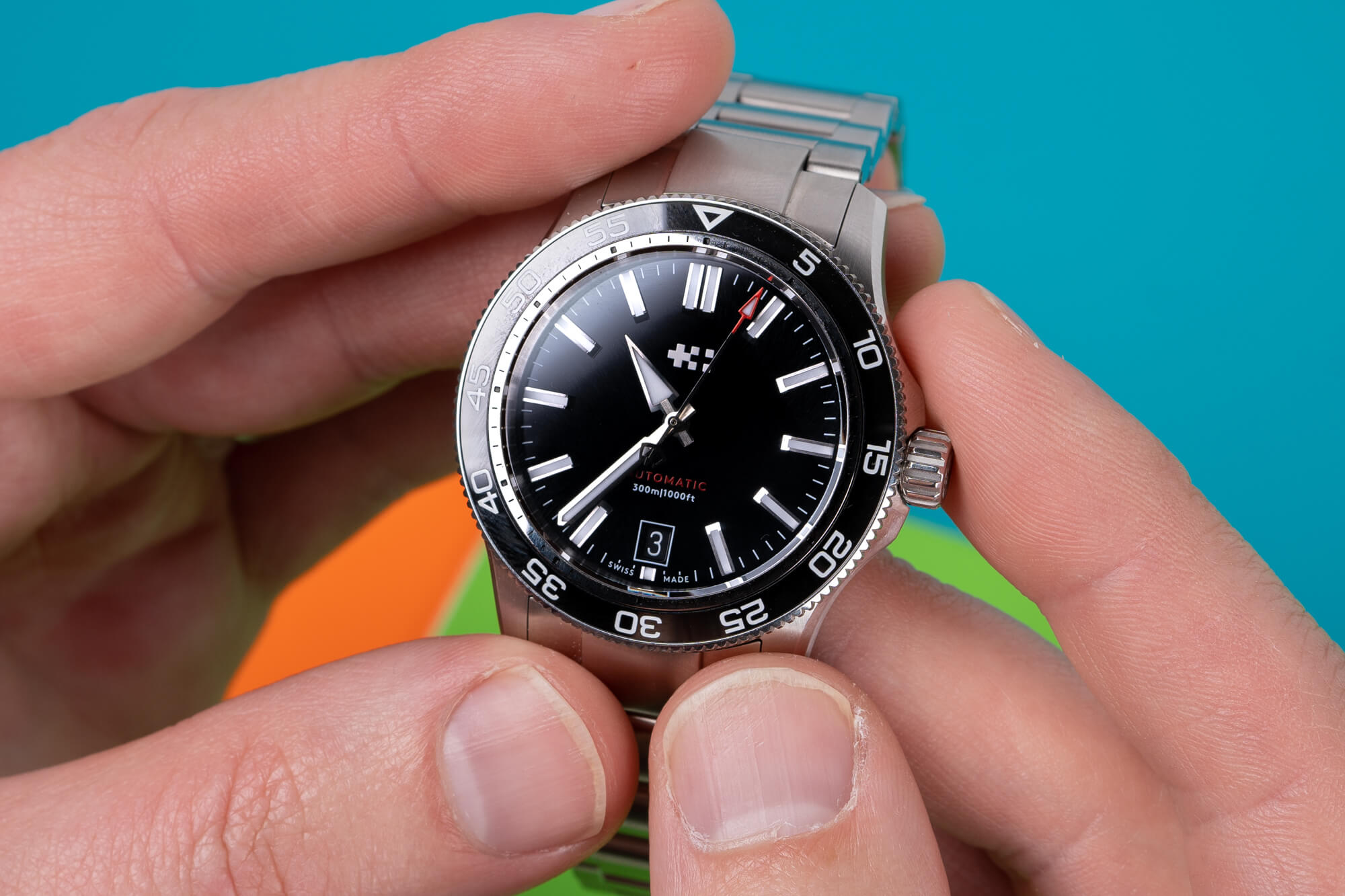
Independent watchmaking is one of the most interesting and mind-boggling segments of the industry. The skill to not only build watches from scratch but develop entirely new movement architecture and push the entire world of horology forward is something that should not be diminished. I’d like to clarify that this discussion is not meant to blur the lines between independent watchmaking — e.g., Grönefeld, F.P. Journe, MB&F, and others — and independently owned watch companies like Audemars Piguet and Oris. Nor am I trying to blur the lines between new brands classified as micros and existing independently owned brands, though this does seem to be the logical category for them to “graduate” into. That said, many modern microbrands have shown stunning resilience in the face of the global economic downturn and rising production costs, and they surely deserve credit for originality and value.
The watch production concept has come full circle, and thanks to the Internet and insatiable demand for watches, it is easier than ever to create a watch brand. Maintaining that brand is another story entirely, but how we define these brands going forward is the question at hand and — one that has no correct answer. Perhaps we can collectively agree on a new title, but I doubt it. Alas, it will be interesting to hear where everyone stands, so please let me know in the comments when you would recategorize a brand, and I’ll be here, in the comments section, ready to bring your discussions to the next edition of this column.

